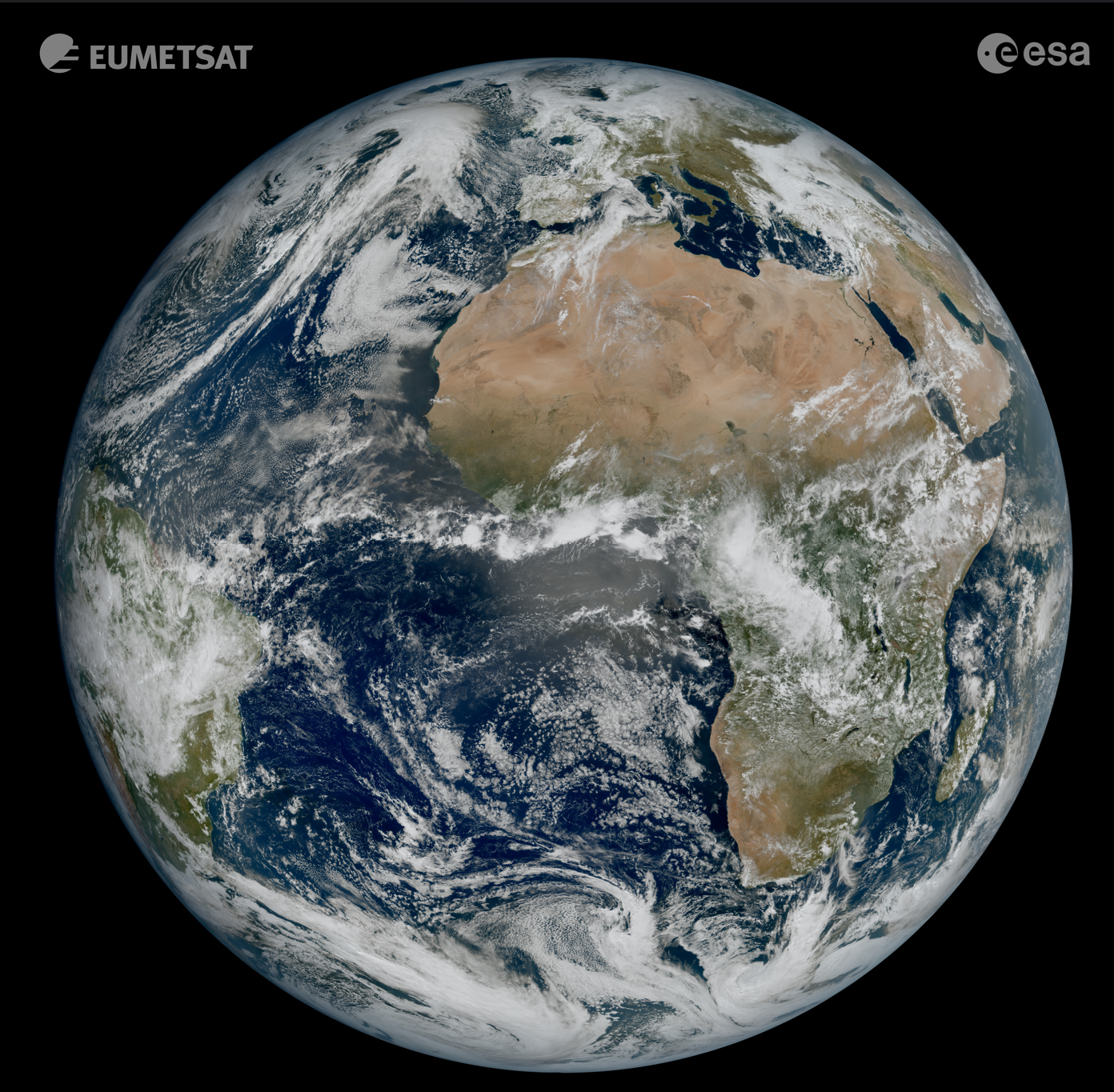Speaker
Description
Until 2040, more than 60.000 new satellites are predicted to be launched into orbit. The constellation era will go in hand with an increasing amount of space debris burning up in the Mesosphere / Lower Thermosphere (M/LT), a layer in the upper atmosphere, roughly spanning 50 to 120 kilometers above Earth's surface. As the number of rocket-launches and satellites in orbit grows, so does the amount of space junk re-entering the atmosphere. When this debris decays in the MLT region, it releases various pollutants, including aluminium oxides and soot. These pollutants can alter the chemistry and temperature of the mesosphere, potentially affecting the ozone layer and the overall climate. The metaphor "new ocean" underscores the MLT's emerging role as a critical region for environmental monitoring and research, much like the deep ocean is for marine studies.
The “AC2E” initiative is an international collaboration effort targeting advancement in specific, fundamental issues in space and earth science based upon sounding rockets as experimental platform. The concept was conceived and developed by Andøya Space (ASP), Esrange/SSC and DLR MORABA. Sounding rockets offer unique experimental conditions for in-situ measurements in atmospheric regions, that cannot be reached by other means. Furthermore, they are cost-effective, flexible and can provide high-resolution data on atmospheric conditions that are difficult to obtain from ground-based observations or satellites.
The main aim for AC2E is to set up a repetitive monitoring program providing measurements in the M/LT region at regular intervals by any means possible, but in a systematic and standardized way. This is intended to provide the scientific community with a robust data set for research into the effects on the atmosphere. In addition, the research results will provide the regulatory authorities with relevant background information for decision-making, based on data that is as unbiased and unaltered as possible.
The projected timeframe of 2028 to 2038 is specifically chosen in order to align the initiative with the upcoming Solar Cycles 26 and 27, which have a large influence on the dimensions and characteristics of Earth’s atmosphere and its interaction with space objects.

